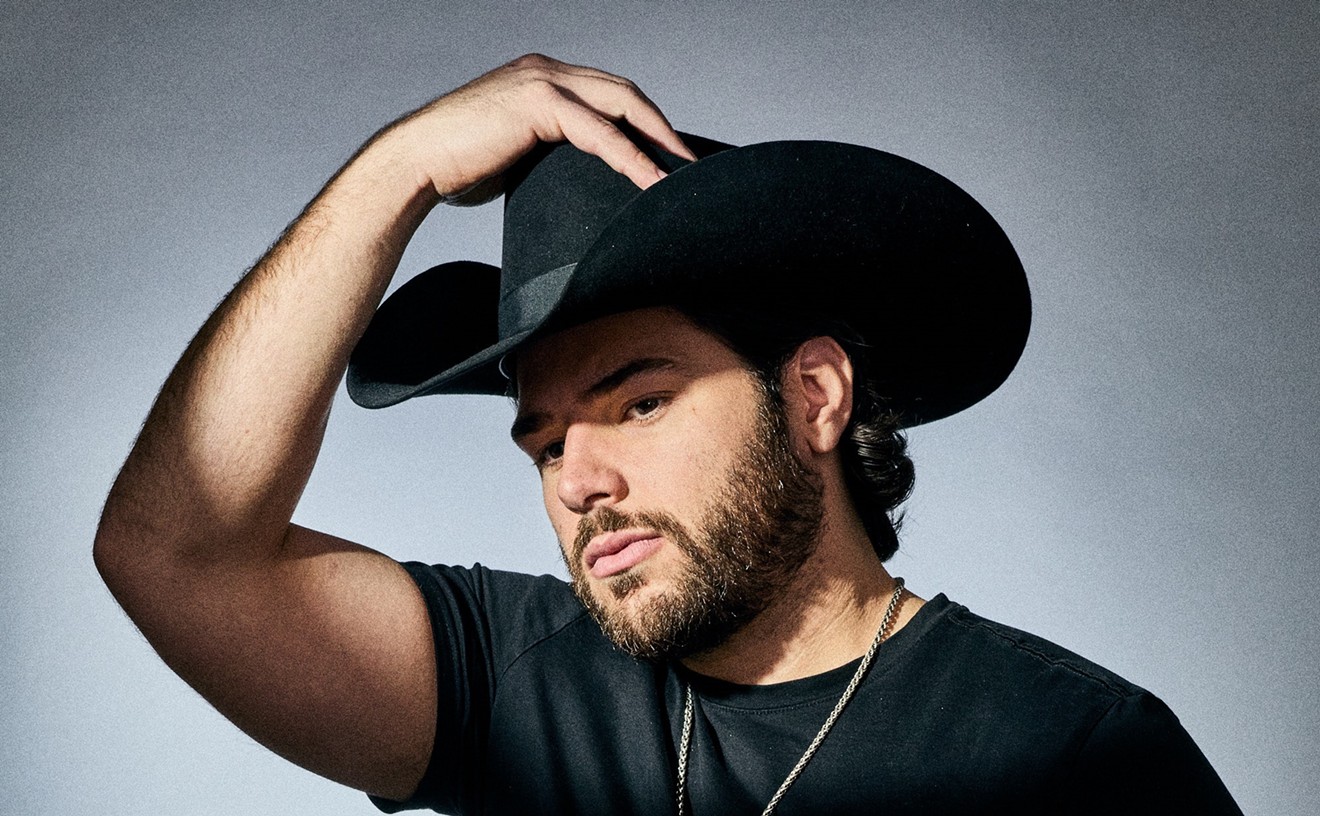Mehta initially attracts attention wherever she plays simply because she's a woman. But her amazing rhythmic control, coupled with the sheer beauty of her melodic inventions, quickly sweeps aside all other considerations. The essential artistry of Indian music is the ability to breathe life into the raga form, and Mehta most definitely has what it takes, earning the praise of many of India's classical leading lights. "She is a creative performer of exceptional caliber," warmly notes tabla player Usta Ali Akbar Khan.
Born into a musical family, Mehta took up the sitar at age thirteen, thanks in part to the influence of her "first guru," her eldest brother, Shashi Mohan Bhatt, then a student of Pandit Ravi Shankar. "Having a sitarist brother in the family, it was easy to pick the sitar as my main instrument," she says. Mehta's parents, Manhohan and Chandrakalav Bhatt, both accomplished musicians in their own right, enthusiastically encouraged Mehta and her siblings. "No matter what time of the day it was, there was always someone in the family practicing their music," she says of her childhood, recalling her younger brother Vishva Mohan Bhatt plucking away at his Hawaiian guitar and her nephew, Krishna Mohan Bhatt, trying his own hand at the sitar.
This familial devotion to music continues in Mehta's own clan. Her husband, Shri Nandan Mehta, is a top-notch tabla player and a disciple of Pandit Kishan Maharaj Manju. Her older daughter, Purvi, plays sitar. Younger daughter Hetal plays tabla and will accompany Mehta (alongside tabla player Ustad Kadar Khan) during her Fort Lauderdale performance this Saturday.
With the help of artists such as Mehta, a new generation of female Indian musicians seems poised to break the chains of tradition, which for centuries saw women as lacking the proper qualities to master a musical instrument. "In Moghul times, the somber dhrupad style, essentially a vocal style with some instrumental accompaniment, was the leading genre in classical music," Mehta explains. "Dhrupad, which was mainly heard in royal venues, was entirely dominated by male musicians, both instrumentally and vocally." The rudra veena, a large fretted zither prominently featured in dhrupad, was played by and taught solely to the males in musical families. The lighter khyal style, which evolved in the Eighteenth Century, began to admit female vocalists, but not female instrumentalists.
Mehta continues: "Instrumental music was first derived from dhrupad, therefore men remained the primary exponents of such music. In addition to considerations of tradition, the technique and strength required for successful performance on traditional instruments is quite significant." Accordingly the same prejudiced rationalizations used to exclude women from certain male-dominated sports were also used against aspiring female musicians in India. "The ability to endure many hours of daily arduous practice necessary to attain proficiency was also considered the province of men," Mehta adds dryly.
Miron Leshem, a member of the board of directors of the Pembroke Pines-based Association of Performing Arts of India (which is sponsoring Mehta's local performance), has only the highest praise for the sitarya. She says the association has wanted Mehta to appear in South Florida for some time. Leshem describes Mehta's distinct style as one that "combines the tantrakari ang [instrumental-based style] with the gayaki ang [vocal-based style]. In the latter approach, the sitarist tries to imitate and capture the ornaments, grace notes, and microtonal inflections that give Indian music its character and beauty. Both her fixed compositions -- the gats -- and her improvisations are truly memorable."
Although Mehta bucked tradition to become a critically acclaimed professional sitarya, her playing, while innovative, never strays from the traditionalist path. "Unlike other instrumentalists, she does not introduce radical elements into her music, but nevertheless her instrumental 'voice' remains fresh and distinctive," says Leshem. "Manju never degenerates into mere pyrotechnics. The quality of her tone, the ability to be different within traditional confines, and her inherent musicality all combine to make her unique."
While being a female sitar player does set Mehta apart from the pack, "my contribution is not one associated with gender," she says. "Rather it's the ability to bring out the rasa, the emotional qualities of a particular raga, whether they be be devotion, love, pathos, or joy."










